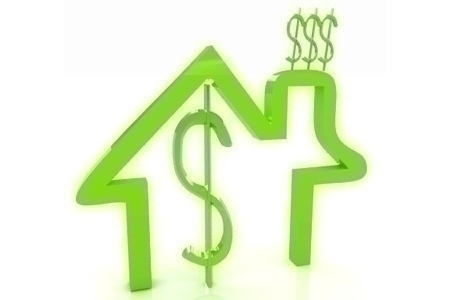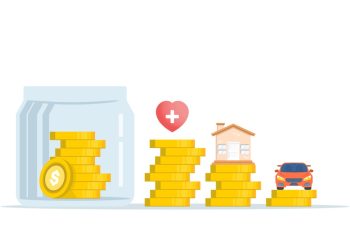 Home price growth across the U.S. is continuing at a slower pace, according to a recently released Case-Shiller home price report.
Home price growth across the U.S. is continuing at a slower pace, according to a recently released Case-Shiller home price report.
In the first quarter of 2014, the National Index gained 0.2 percent. Nineteen of the 20 cities showed positive returns in March – New York was the only city to decline. Dallas and Denver reached new index peaks.
In March, the National and Composite Indices saw their annual rates of gain slow significantly. Chicago showed its highest year-over-year return of 11.5 percent since December 1988. Las Vegas and San Francisco, the cities with the highest returns, saw their rates of gain slow to approximately 21 percent; their post-crisis peak returns were 29.2 percent and 25.7 percent. At the lower end was Cleveland with a gain of 3.9 percent in the 12 months ending March 2014.
The year-over-year changes suggest that prices are rising more slowly,” says David M. Blitzer, Chairman of the Index Committee at S&P Dow Jones Indices. “Annual price increases for the two Composites have slowed in the last four months and 13 cities saw annual price changes moderate in March. The National Index also showed decelerating gains in the last quarter. Among those markets seeing substantial slowdowns in price gains were some of the leading boom-bust markets including Las Vegas, Los Angeles, Phoenix, San Francisco and Tampa. Despite signs of decelerating prices, all cities were higher than a year ago and all but New York were higher in March than in February.”
As Blitzer notes, New York was surprisingly the only city to decline in the month of March. On the other end of the spectrum, San Francisco posted the biggest gain of 2.4 percent with Seattle following at +1.9 percent. All 20 cities improved in March as compared to their February returns. Cleveland improved the most; it went from a decline of 1.6 percent in February to a gain of 1.5 percent in March. Cleveland and San Francisco posted their biggest returns since last June.
All 20 cities continued to record positive year-over-year returns.
“The big annual gains in housing we’re currently seeing are the result of a witch’s brew of sorts, concocted from a combination of an enormous decline in home prices during the bust, incredibly low mortgage rates and stubbornly high negative equity,” says Zillow Chief Economist Dr. Stan Humphries. “But these influences are beginning to fade, and we’re already seeing a monthly slowdown in home prices in more recent data. Housing prices already have or will soon surpass their pre-recession peaks in many areas, mortgage rates are rising and negative equity is receding. While we’re on the road back to normal, this process won’t happen overnight, and we’re still several years away from a housing market driven purely by fundamentals like income growth and rising household formations.”
For more information, visit https://www.spice-indices.com.










